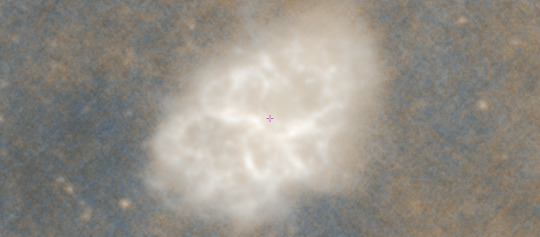Text
Chaos Theory Physics
In physics, chaos theory plays a significant role in understanding complex dynamical systems and their behavior. It provides insights into systems that are highly sensitive to initial conditions and exhibit non-linear dynamics. Here are a few key areas where chaos theory has found application in physics:
Classical Mechanics: Chaos theory has been applied to classical mechanics, particularly in the study of nonlinear systems. It helps explain the behavior of systems like the double pendulum or the motion of celestial bodies. Chaos theory reveals that even small perturbations in the initial conditions can lead to significantly different trajectories over time, making long-term predictions challenging.
Fluid Dynamics: Chaos theory has made valuable contributions to the understanding of fluid flow and turbulence. Turbulent systems, such as the flow of fluids or gases, often exhibit chaotic behavior. Chaos theory helps explain the complex patterns and structures observed in turbulent flows, which have implications for a wide range of applications, including weather prediction, aerodynamics, and oceanography.
Quantum Chaos: Chaos theory has also been applied to the study of quantum systems. Quantum chaos explores the behavior of quantum systems with classical chaotic counterparts. It examines the correspondence between classical chaotic dynamics and the statistical properties of energy levels and wave functions in quantum systems, such as atoms or molecules. This field provides insights into the relationship between classical and quantum physics.
Nonlinear Optics: Chaos theory has found application in the study of nonlinear optical systems. It helps explain the behavior of light waves in complex media, such as optical fibers or nonlinear crystals. Chaos theory aids in understanding phenomena like optical pattern formation, self-organization, and the dynamics of optical solitons.
By employing chaos theory, physicists can gain a deeper understanding of the underlying principles and structures governing complex systems. It allows them to explore the limits of predictability, discover emergent patterns, and uncover the inherent order within seemingly random or disordered systems.
1 note
·
View note
Text
Chaos Theory
Chaos theory is a branch of mathematics and a scientific field that studies complex systems and their behavior. It deals with the idea that even seemingly random and unpredictable systems can exhibit patterns and order under certain conditions. Chaos theory emerged in the late 20th century as a way to understand systems that are highly sensitive to initial conditions, meaning that even a small change in the starting conditions can lead to dramatically different outcomes over time.
One of the central concepts in chaos theory is the notion of a "strange attractor," which is a mathematical object that represents the long-term behavior of a chaotic system. Strange attractors are often fractal in nature, meaning they exhibit intricate patterns that repeat at different scales.
Chaos theory has been applied to various fields, including physics, biology, economics, and even social sciences. It has helped researchers better understand phenomena such as weather patterns, population dynamics, stock market fluctuations, and the behavior of turbulent fluids.
One famous example of chaos theory is the butterfly effect, which states that a small change in one part of a system can have large effects elsewhere. The term "butterfly effect" comes from the idea that the flap of a butterfly's wings in one location could eventually lead to a tornado forming in another location.
Overall, chaos theory provides insights into the underlying order and complexity of systems that appear random and unpredictable at first glance. It has had a profound impact on our understanding of nonlinear dynamics and has implications for various scientific disciplines.
0 notes
Text






NGC-1277
far infrared, near infrared, optical, soft x-ray, submillimetre, ultraviolet
0 notes
Text

My own far infrared image
0 notes
Photo

First ever photo of the Earth and the Moon in the same frame, 1977. Taken by Voyager 1.
10K notes
·
View notes




